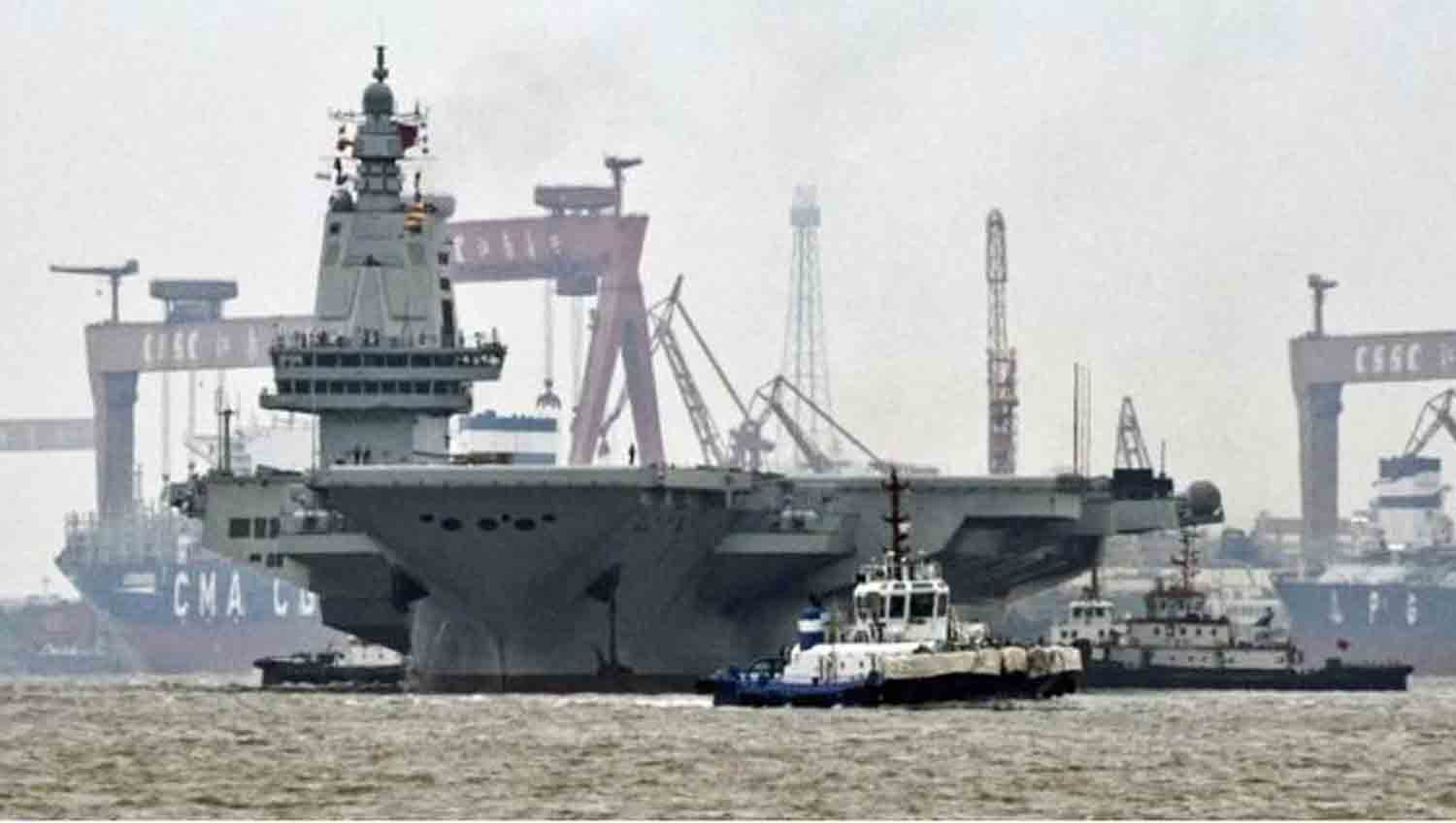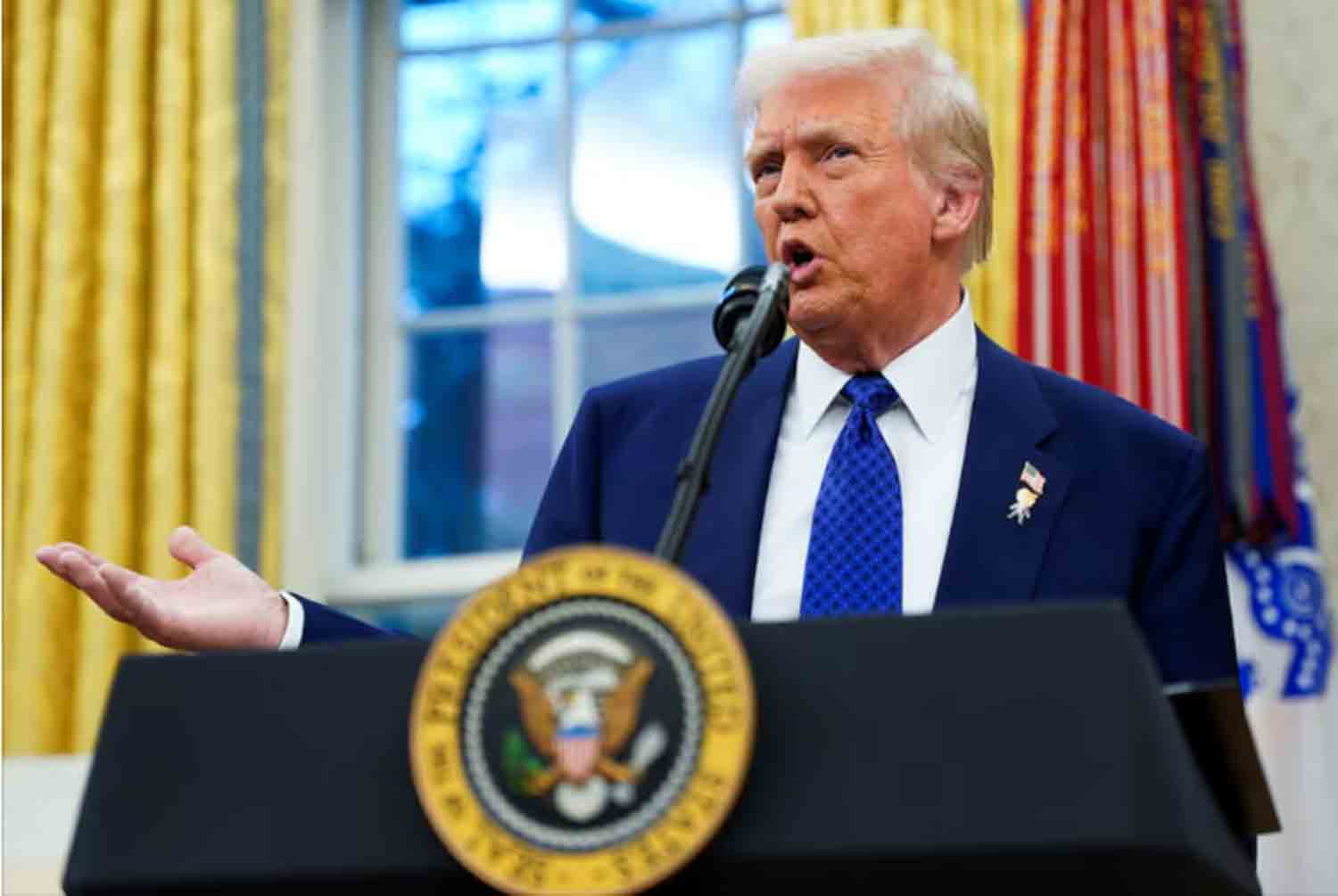India’s opposition parties have mounted a vigorous campaign against the proposal to acquire the advanced F-35 Lightning II fighter jets, denouncing the agreement as an extravagant error fraught with the ongoing issues of American engineering. They caution that these expensive aircraft, which have faced numerous operational challenges, may turn into a significant liability instead of a strategic advantage.
The competition for air superiority in India has intensified dramatically, especially with Russia entering the fray with a compelling counteroffer—introducing its advanced fifth-generation Su-57 Felon and proposing a transformative joint production agreement on Indian territory.
As global powers compete for dominance, the stakes are at an all-time high. New Delhi finds itself at a pivotal moment, compelled to traverse a complex geopolitical landscape where each choice will influence its strategic trajectory and alter the aerial balance of power.
The rival proposals from the United States and Russia for fifth-generation fighter jets come at a critical time, as the Indian Air Force (IAF) faces a reduction in squadron strength, which has fallen from 42 to merely 31.
During his notable visit to the White House, Indian Prime Minister Narendra Modi was offered a groundbreaking opportunity—then-President Donald Trump personally extended the invitation for India to acquire the prestigious F-35 fighter jets, emblematic of America’s state-of-the-art air capabilities. Trump emphasized that this deal represented more than a mere transaction; it was a strategic initiative aimed at strengthening U.S.-India defense relations while enhancing American arms exports significantly.
The proposal, rich with geopolitical significance, indicated Washington’s aim to alter the power dynamics in the Indo-Pacific region.
“We will significantly boost military equipment sales to India by billions of dollars. Additionally, we are laying the groundwork to eventually supply India with F-35 stealth fighters,” Trump stated.
India is actively seeking to enhance its fleet of fighter jets, motivated by the pressing need to address the increasing aerial capabilities of its two major rivals—China and Pakistan.
Both countries are swiftly modernizing their air forces, introducing advanced fifth-generation aircraft such as the J-20 Mighty Dragon and the stealthy J-35A, which pose a potential threat to the regional power equilibrium. The Pakistan Air Force is also reportedly considering Türkiye’s next-generation KAAN fighter jet.
In the midst of this intense arms competition, India’s primary opposition party, the Indian National Congress, has seized on criticisms from Trump’s associates and billionaire Elon Musk regarding the F-35 program, using their remarks to launch a pointed critique of Modi’s administration.
As political tensions escalate and national security concerns mount, the discussion surrounding India’s fighter jet acquisitions has transformed into a contentious issue. “Why is Narendra Modi so intent on procuring the F-35, a fighter jet that Elon Musk once labeled ‘garbage’?” questioned a post on Congress’ official X (formerly Twitter) account over the weekend, highlighting the aircraft’s steep costs and high operational expenses.
The Congress statement referenced a November 2024 post by Elon Musk on X, where he shared a video about drones and remarked: “Meanwhile, some are still building manned fighter jets like the F-35.” Musk later reiterated his stance with another post on X, asserting: “Manned fighter jets are obsolete in the era of drones.”
Rosoboronexport’s Director General, Alexander Mikheev, announced that India has been presented with extensive collaboration opportunities regarding the Su-57E project, which includes the possibility of local production. Mikheev stated, as reported by Sputnik India, “Our proposal encompasses the delivery of fully assembled aircraft, the establishment of joint production facilities in India, and assistance in advancing India’s own fifth-generation fighter initiative.”
This offer aligns with Russia’s intensified efforts to enhance the Su-57’s presence in the export market, with Rostec, the state-owned defense enterprise, noting an increasing global interest in the aircraft.
In a related development, Indian defense analyst and Times of India columnist Tathagata Bhattacharya has raised concerns based on a critical 2024 report from the Director of Operational Test and Evaluation (DOT&E), the primary oversight body for the U.S. Secretary of Defense. The report reveals a troubling situation: as of late 2023, the U.S. Air Force’s fleet of 628 F-35s achieved a mere 30% full mission capability rate, significantly below the expected standard of at least 65% for a fully operational air force.
The situation appears even more dire, as the report indicates that the F-35s suffer from persistent mechanical issues, with each grounded aircraft spending an average of 141 days undergoing repairs before being returned to active duty.
Moreover, the aircraft’s critical failure rate—malfunctions that pose serious risks to pilots—was found to be more than double the acceptable limit. These findings raise significant concerns regarding the F-35’s reliability, casting doubt on its adequacy for India’s defense objectives.
A critical 2024 report from the Pentagon’s leading testing office has highlighted the escalating crisis within the F-35 program, indicating a severe shortage of spare parts for vital components such as engine parts, canopies, Distributed Aperture System (DAS) sensors, nacelle vent fans, and several other essential systems.
These alarming shortfalls have rendered fleets susceptible, with no immediate remedies available. Compounding the situation, a significant issue in software and hardware integration—particularly concerning avionics upgrades—led the U.S. Air Force to suspend F-35 deliveries entirely in July 2023. This problem remains unresolved, as the highly anticipated TR-3 software (version 30R08) is still incomplete, further diminishing confidence in the aircraft’s operational readiness.
Bhattacharya issued a grave caution: “Consider the scenario where the Indian Air Force acquires 36 F-35s across two squadrons—at any moment, only 10 would be fully mission-capable, while the remainder would be sidelined as ‘hangar queens.’” He challenged the rationale behind such a procurement, asserting: “Regardless of how advanced a fighter jet’s capabilities are, if it cannot be depended upon to act when required, what is the value of acquiring such a platform? Additionally, the U.S. will never disclose its sensitive technology and source codes.”
With operational shortcomings accumulating and strategic worries intensifying, the F-35’s suitability for India’s defense future seems increasingly precarious.
Discover more from Defence Talks | Defense News Hub, Military Updates, Security Insights
Subscribe to get the latest posts sent to your email.





